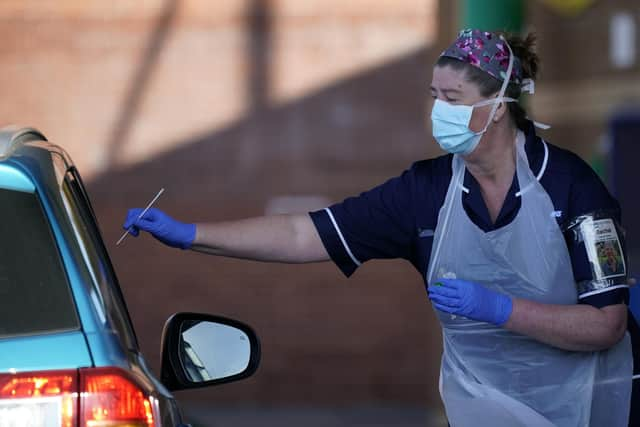Coronavirus infection rate rises again in Sheffield
and live on Freeview channel 276
In the seven days to August 11, 130 confirmed cases of Covid-19 were recorded across the city, equating to a weekly infection rate of 22.2 new cases per 100,000 people.
The weekly rate – based on data published by Public Health England (PHE) today, Saturday, August 15 – is up from 15.4 for the seven days to August 9 and 14.0 for the week before that.


Advertisement
Hide AdAdvertisement
Hide AdBefore that, figures had been falling, leading to Sheffield being taken off the Government’s watchlist of areas where there is greatest concern about the spread of the virus.
There is no indication at this stage that the recent rise could lead to a local lockdown, like those seen in Leicester, Manchester and other parts of England.
The higher numbers of confirmed cases could be down to more testing taking place in the city.
Despite creeping up, Sheffield’s weekly infection rate remains considerably lower than many other parts of the country.
Advertisement
Hide AdAdvertisement
Hide AdIn Manchester, the latest rate is 41.2 cases per 100,000 people, while in Leicester it stands at 69.4.
Sheffield’s director of public health, Greg Fell, has encouraged people to get tested even if they show the mildest of symptoms and has stressed the importance of self-isolating when told to do so.
The weekly rate is calculated based on the results of tests carried out in healthcare settings and in the wider community, with data for the three most recent days (August 12-14) excluded as it is incomplete and likely to be revised.